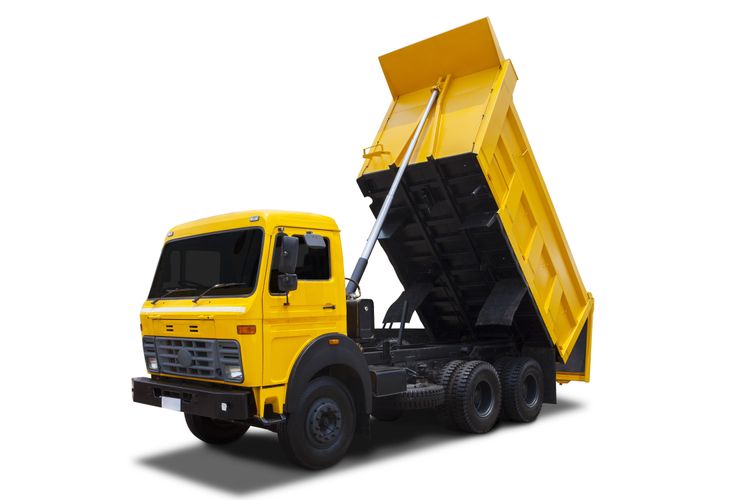Steel is a popular material for constructing truck bodies due to its strength and durability, which provide robust protection for cargo and equipment in demanding environments. IS 2062 E250A steel is known for its strength, durability, and corrosion resistance, all essential qualities for materials used in heavy-duty applications like truck bodies. This hot-rolled steel grade is commonly used in various industries, including transportation, construction, and manufacturing, where robustness and reliability are crucial.
Challenges faced by steel truck bodies in heavy-duty settings
Corrosion: exposure to harsh weather conditions, road salts, and chemicals can lead to corrosion of steel truck bodies over time, especially in regions with high humidity chemical industrial zones or coastal areas. Corrosion weakens the structural integrity of the body, leading to premature failure.
Weight: steel truck bodies are generally heavier than those that have alternative materials like composite materials. This added weight can reduce the truck's payload capacity and increase fuel consumption, especially in heavy-duty settings where maximising payload capacity is crucial.
Impact resistance: while steel is durable, it may dent or deform upon impact with heavy objects or during accidents. Steel truck bodies are susceptible to damage from falling debris, equipment collisions, or rough terrain in heavy-duty settings such as construction sites or off-road environments.
Fatigue: repeated loading and unloading and constant vibrations during transportation can lead to metal fatigue in steel truck bodies over time. This can manifest as cracks, fractures, or weld failures, compromising the body's structural integrity.
Protective coatings and treatments
Advanced coatings and surface treatments: applying corrosion-resistant paints, galvanisation, or powder coating can significantly extend the lifespan of steel truck bodies by protecting against corrosion, abrasion, and chemical damage. These coatings improve the body's resilience, particularly in challenging environments with exposure to moisture, salt, or harsh chemicals.







 +91 7208055523
+91 7208055523
 Help & support
Help & support
